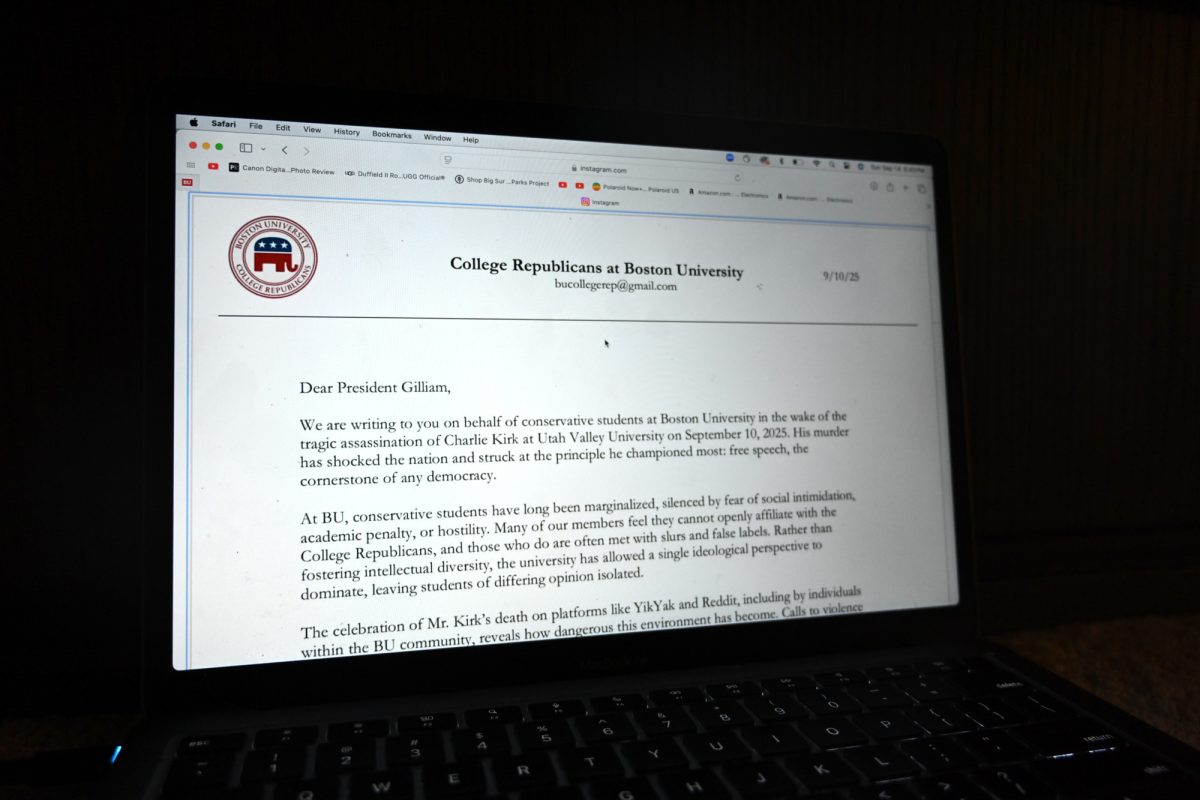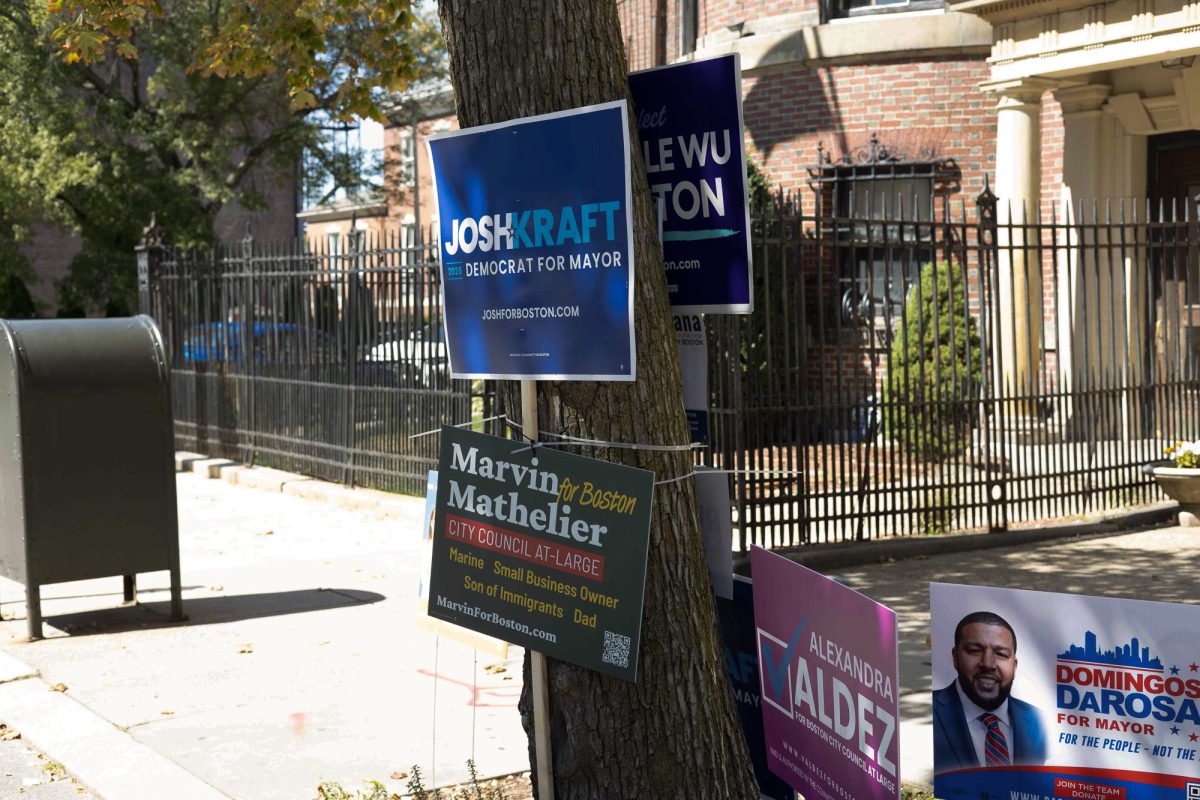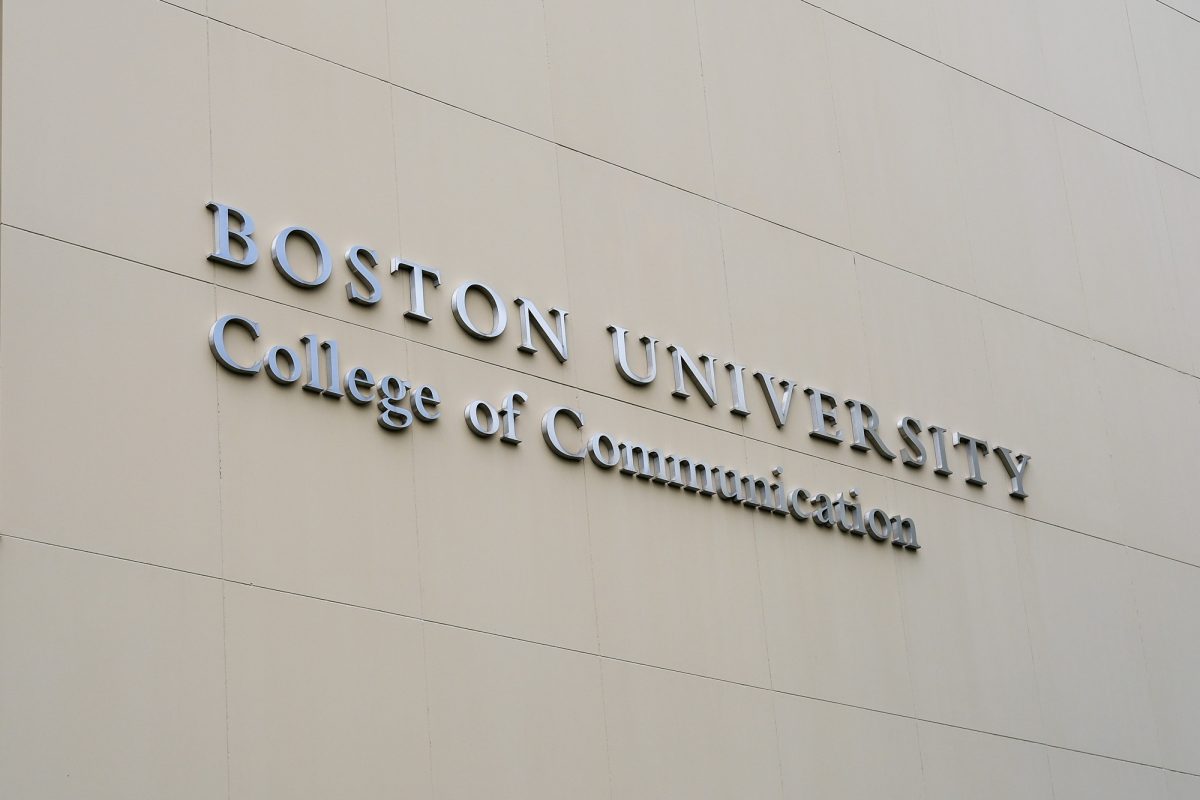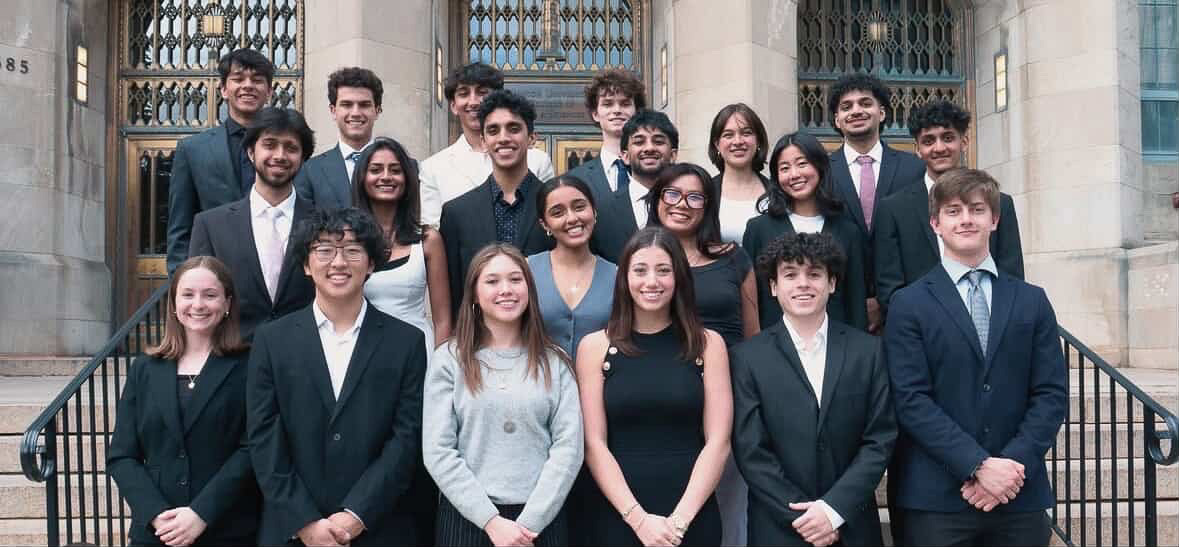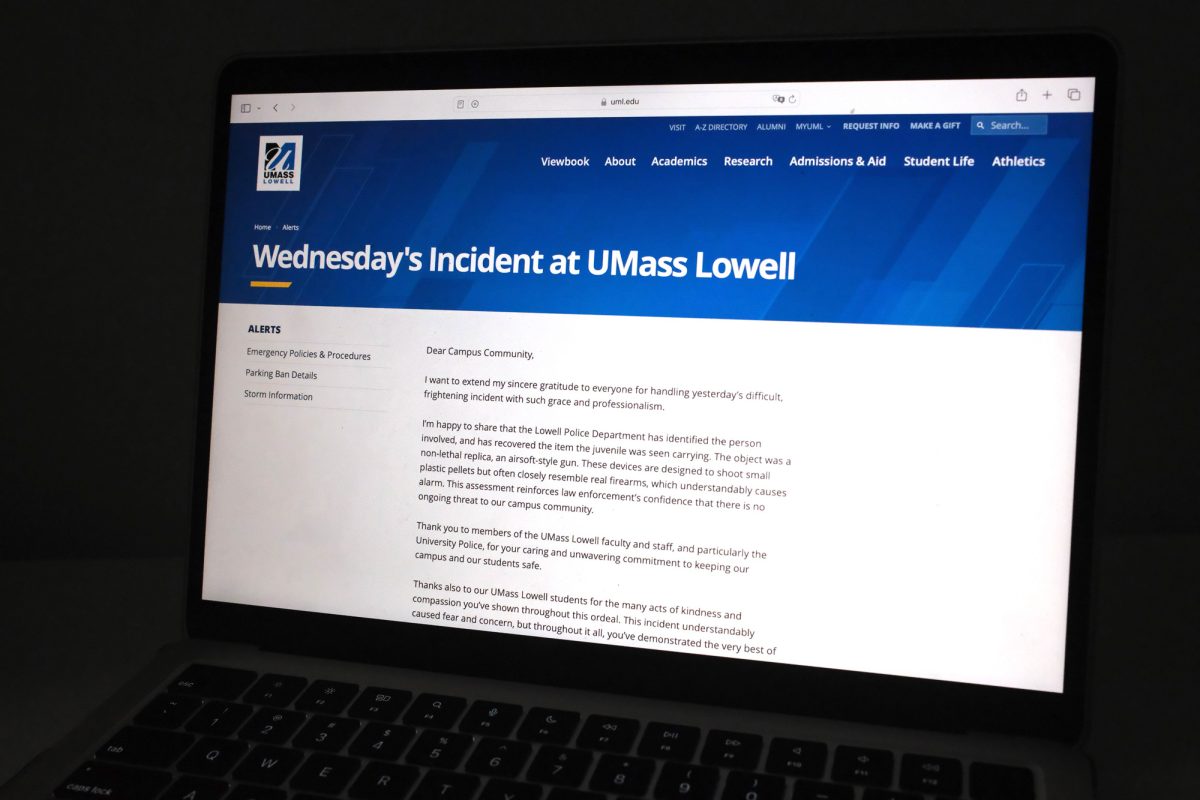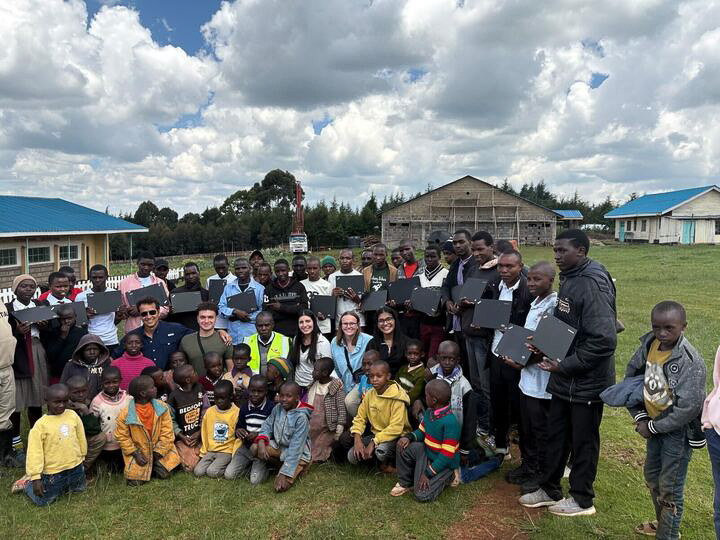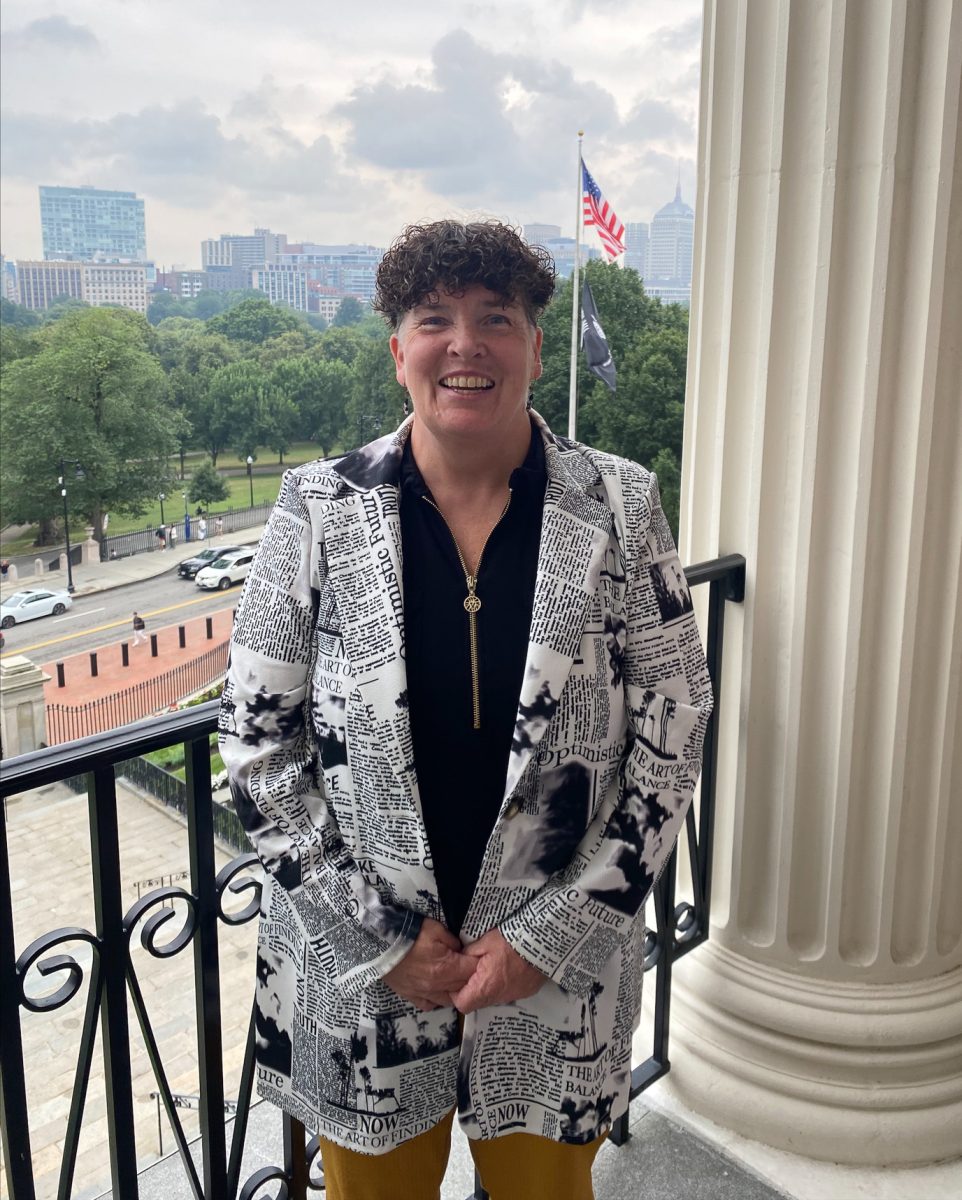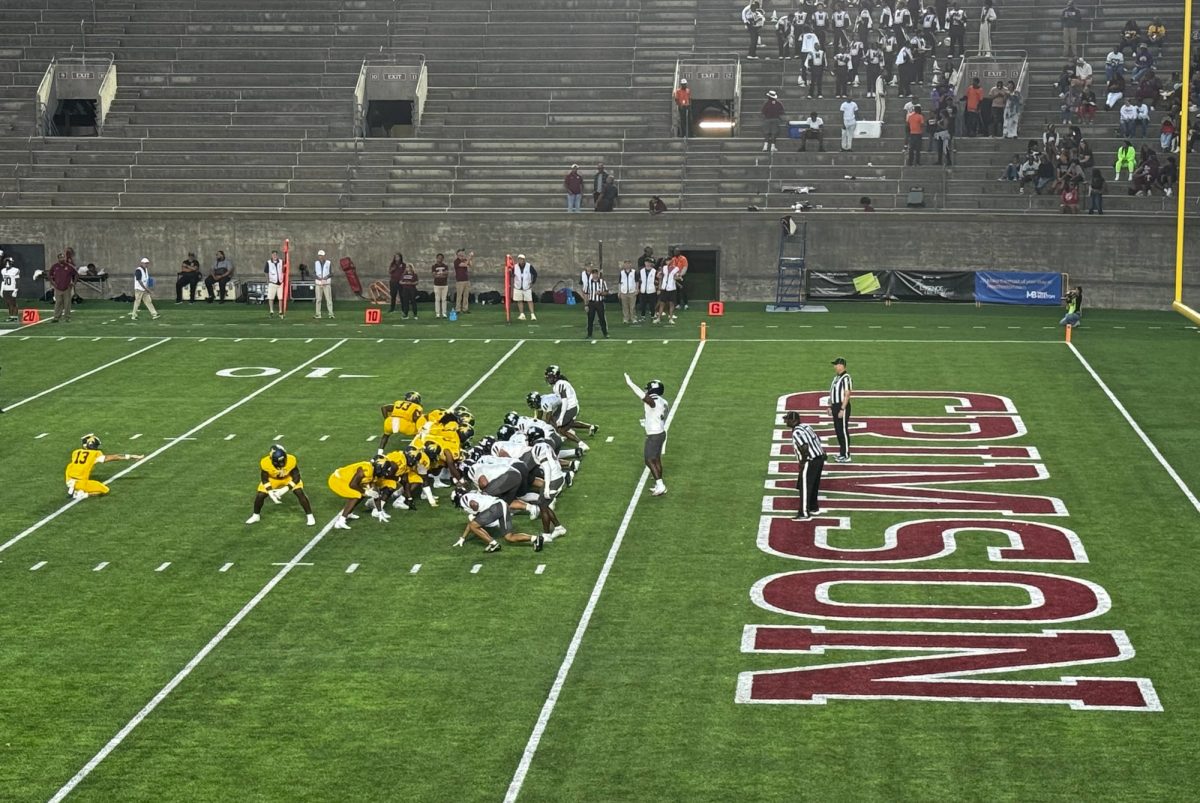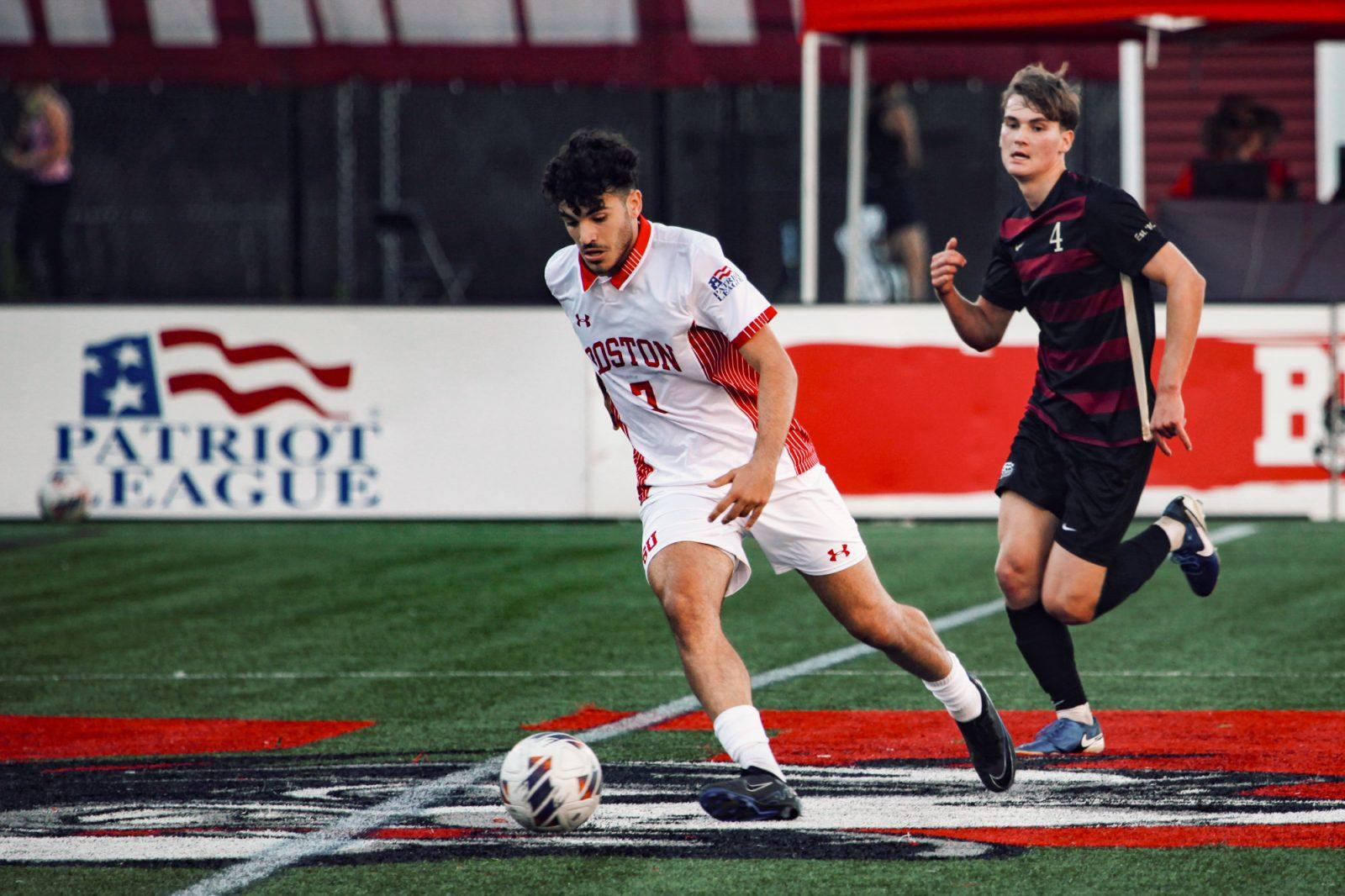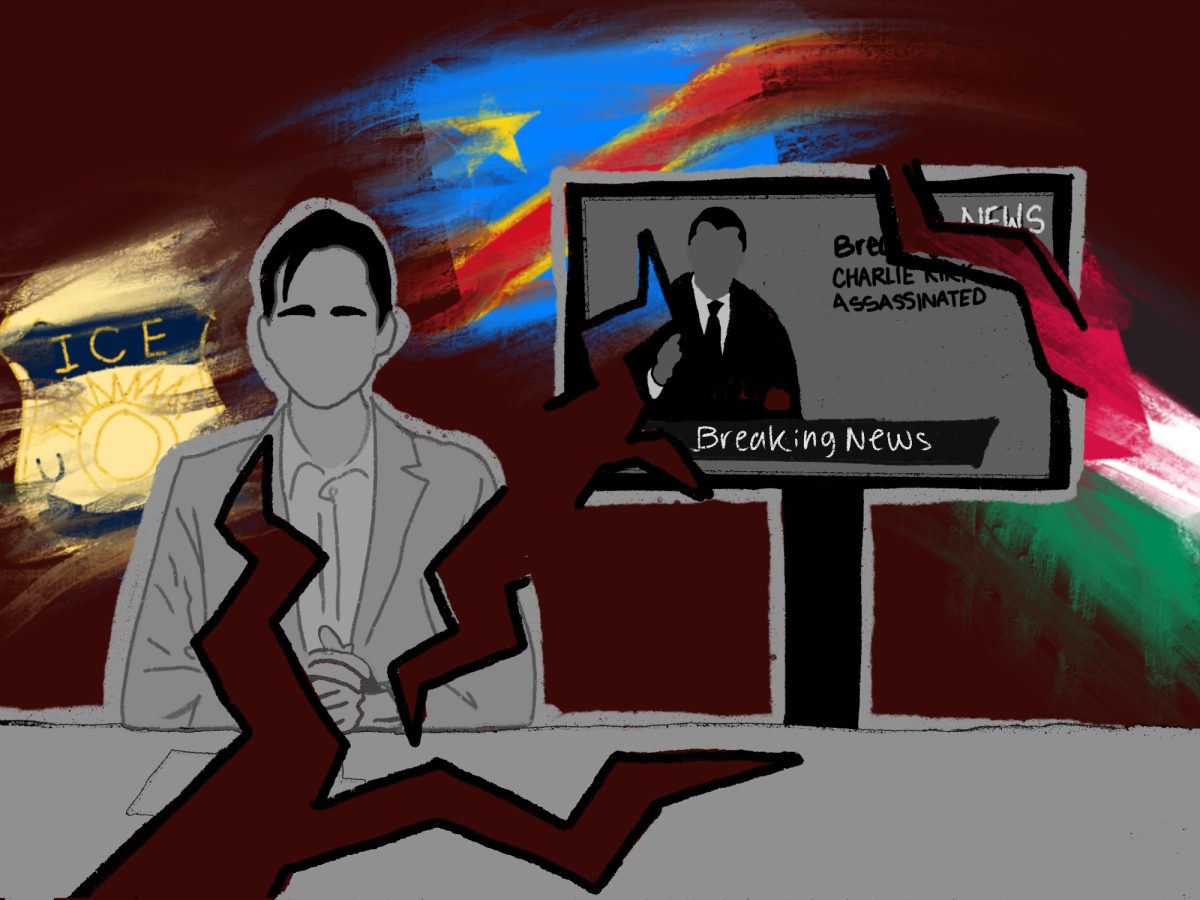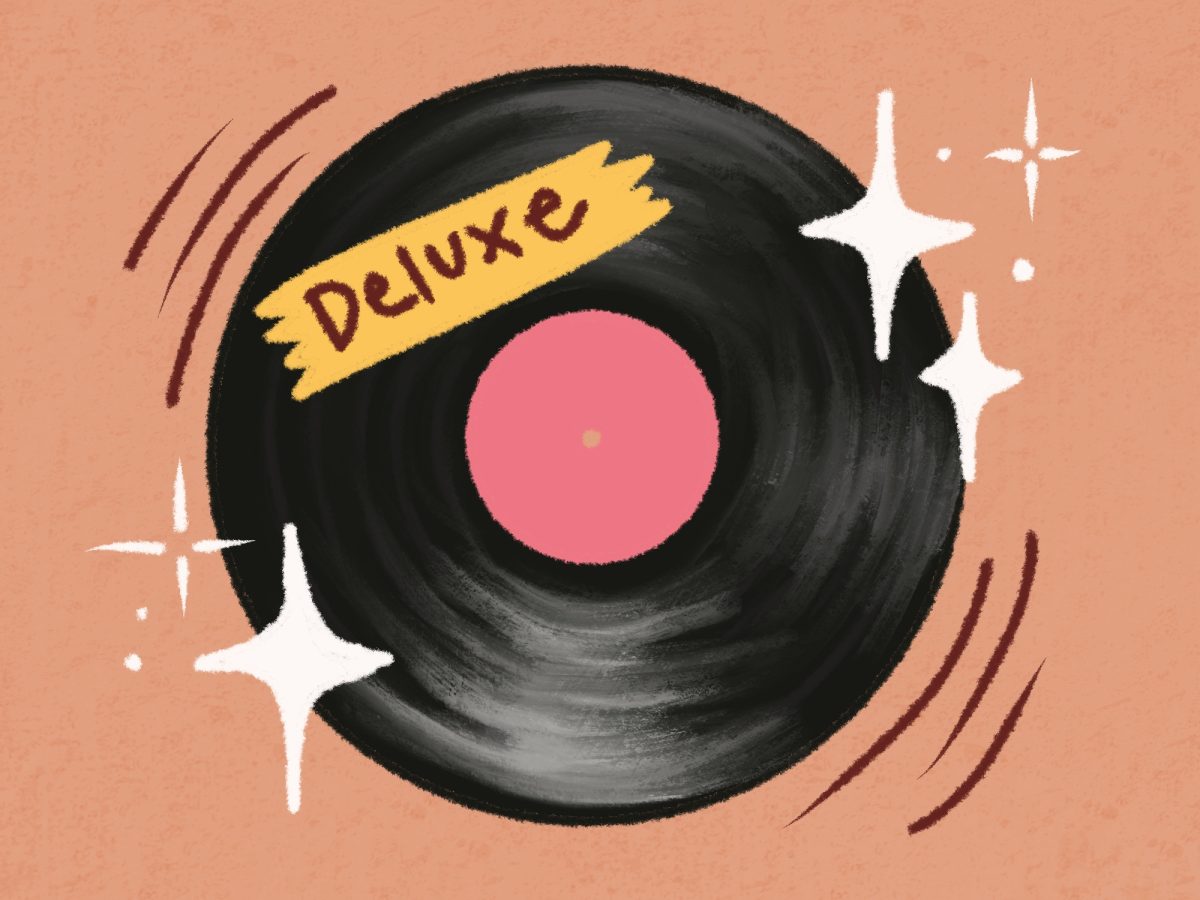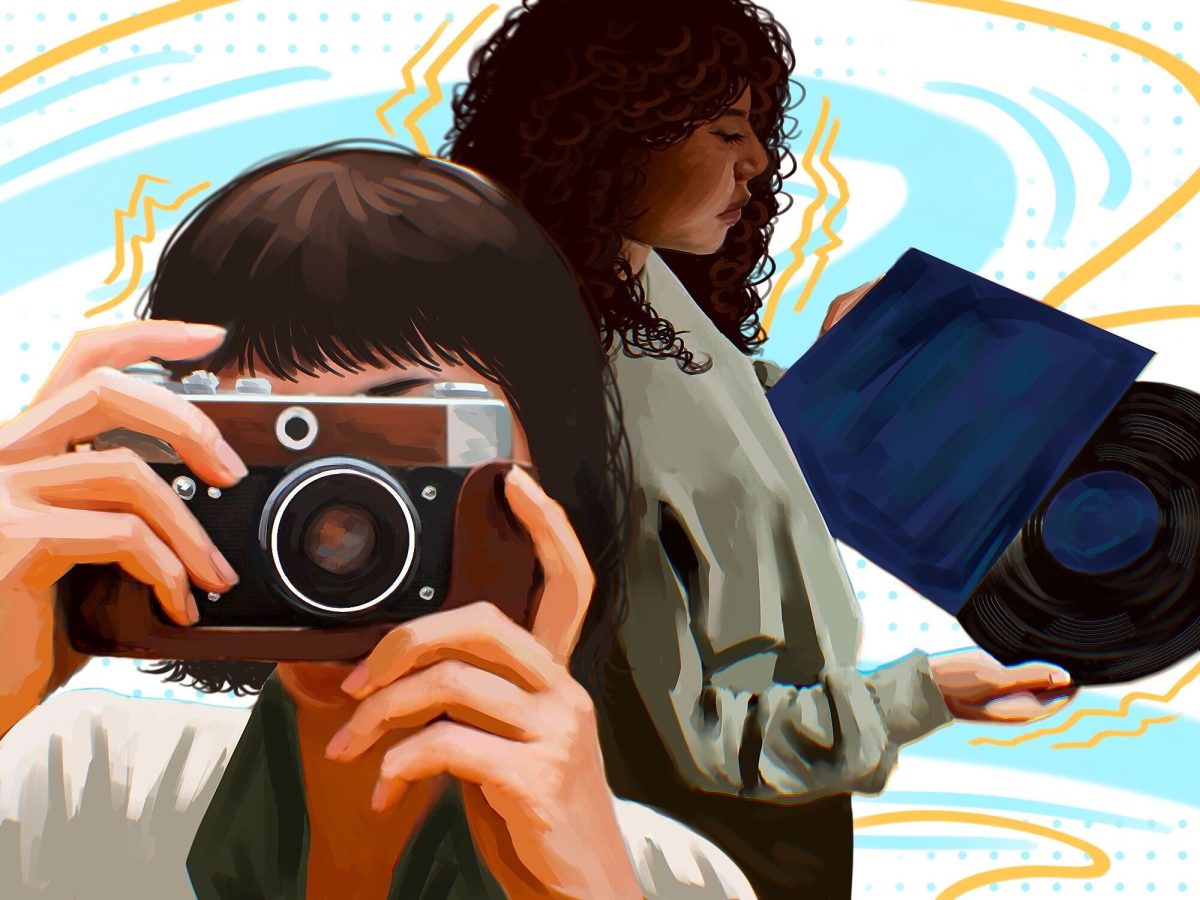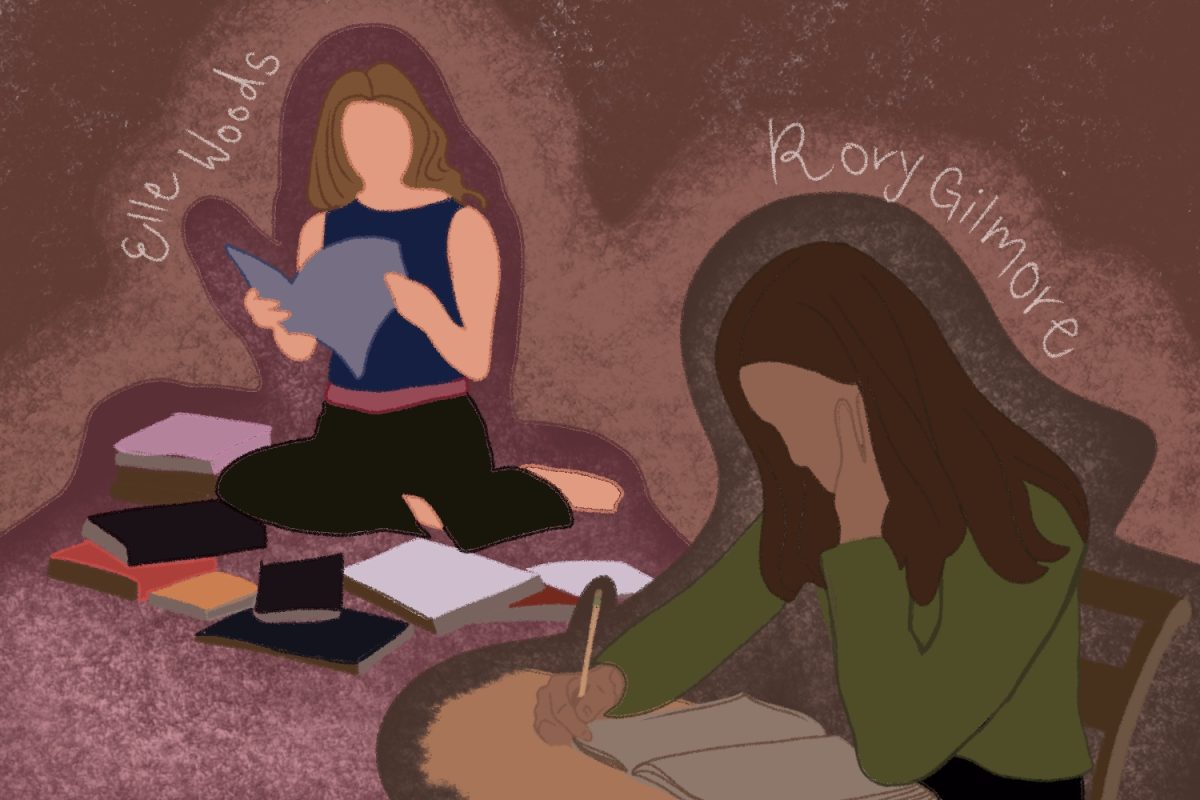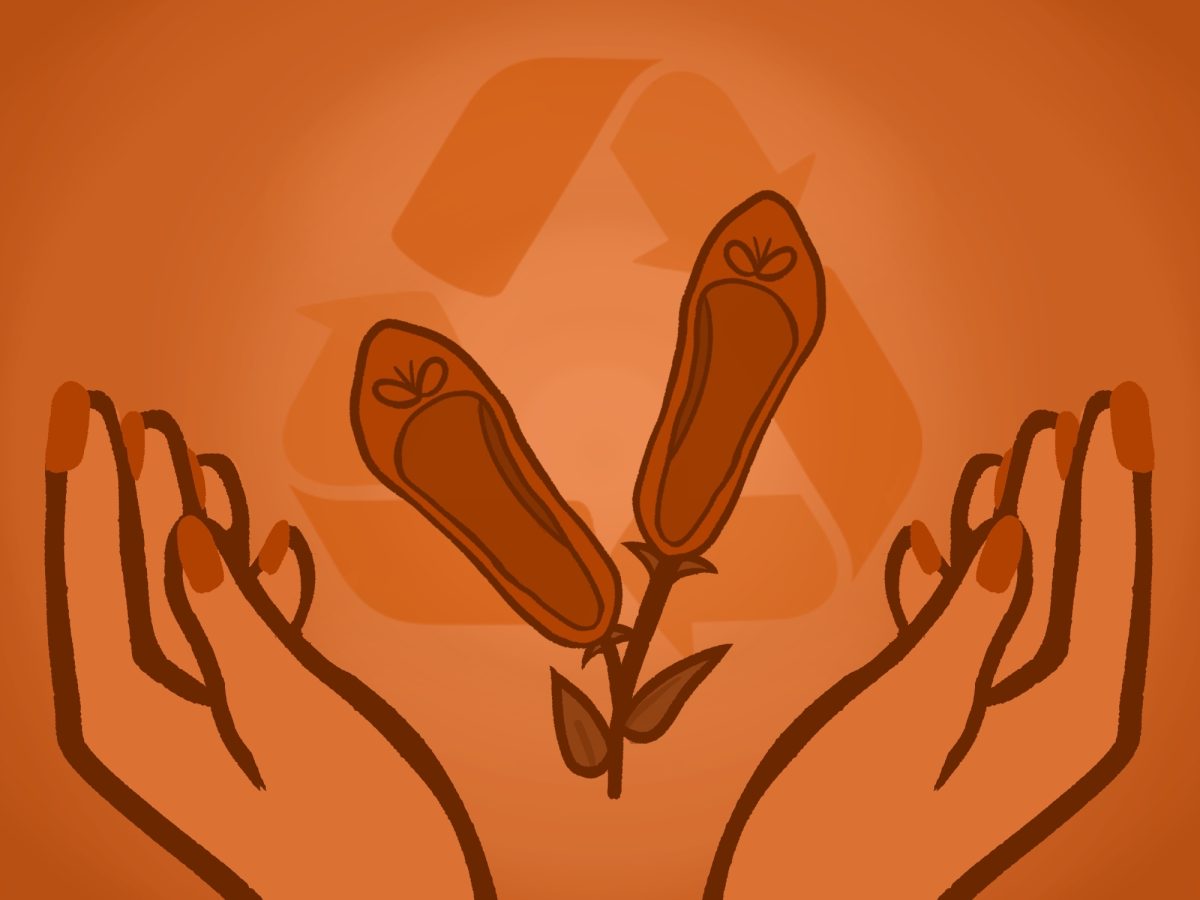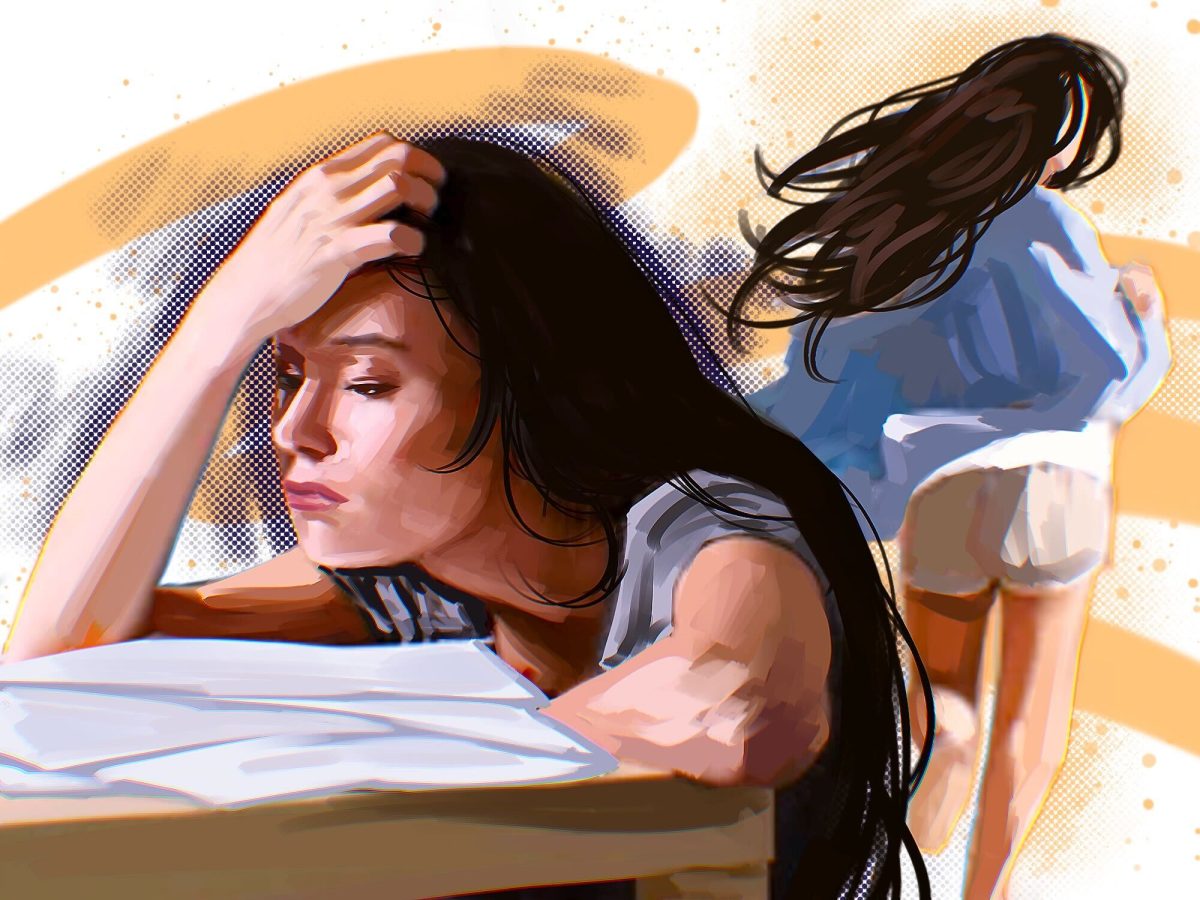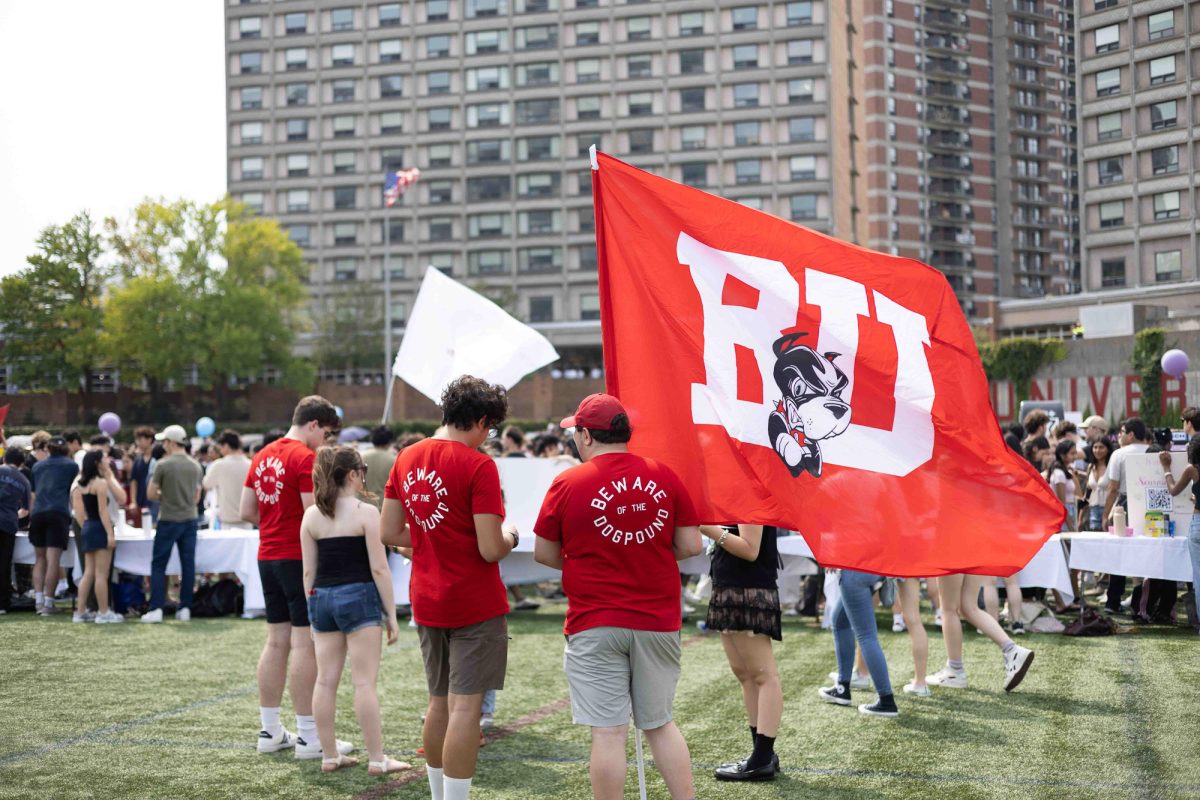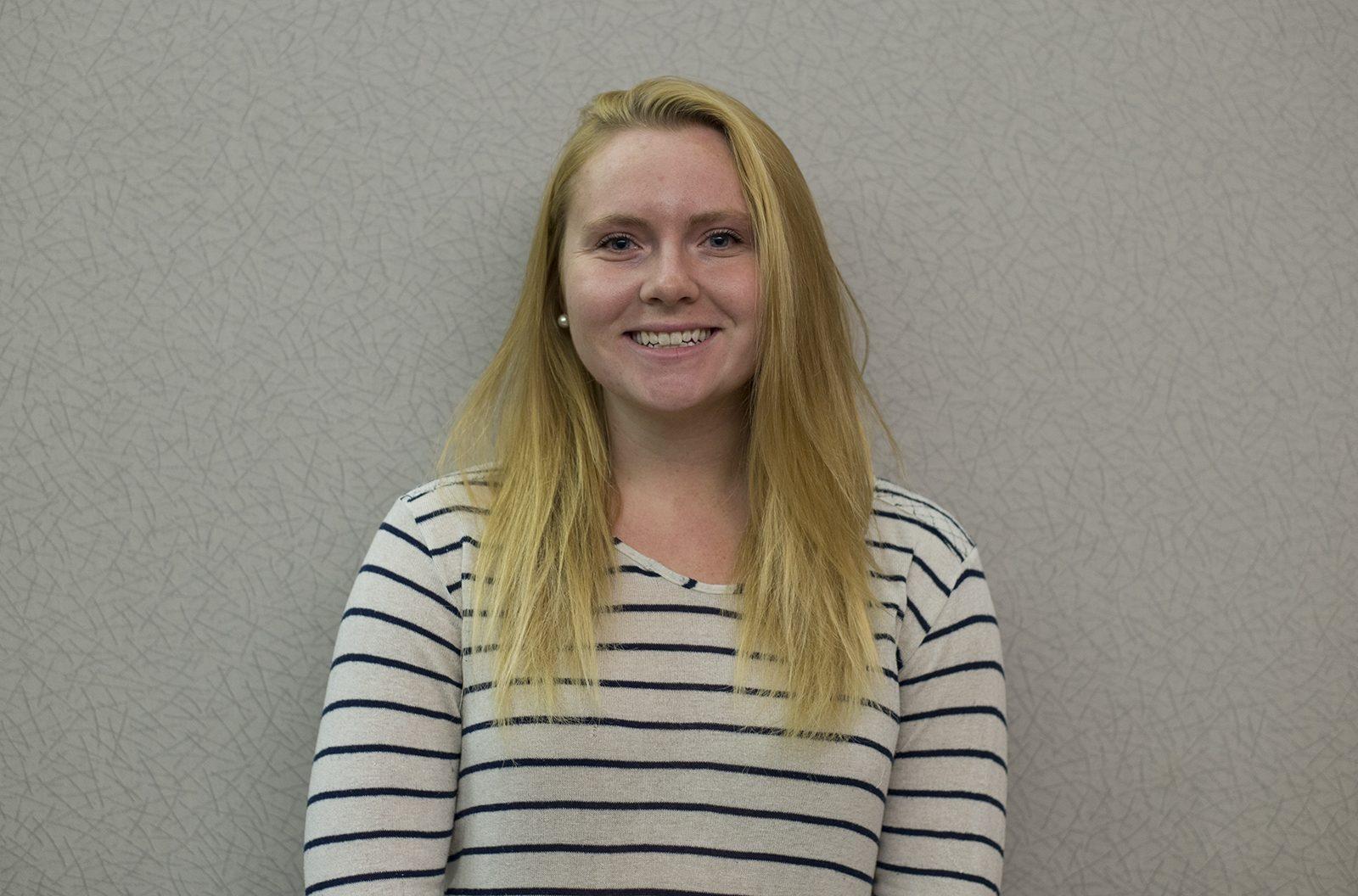On Monday night, I went to an event called “Creatives Coming Together: a post-election conversation.” The event, hosted at a church in Roxbury, aimed to “bring together the creative community of Boston to provide a space for reflection, discussion, and action steps.”
At the event, it became apparent that artists were reacting in a variety of ways to the presidential election. Throughout the night, there was an emphasis on brainstorming ways to enable creativity to support the vulnerable, send strong messages and, most importantly, make their messages accessible to a wide variety of populations. I felt moved to attend this event because of a Facebook status posted by rapper Marlon Craft. He wrote, “we as artists have failed in our duty to society. in our duty to convey truth in a language that all can speak.”
I showed up, eager to see if anyone agreed with Marlon. Have artists failed in speaking to a wider audience?
The group of people that showed up confirmed the stereotype — creators typically fall on the liberal side of the political spectrum. Quintessential liberal jargon was used throughout the event with many mentions of the term “safe space,” one that conservatives rail against. However, the aim of the event and emphasis on action made it clear that these liberal artists were aware of their biases. They are committed to increasing the accessibility of their messages.
The event space had several large posters with questions the 70 attendees could choose to answer. We divided into groups to tackle these questions and come up with ideas to put into action. One question read, “How can your art speak to those who don’t share your politics?” My group included musicians, performance artists, actors, dancers, visual artists and another writer. I broke the ice by asking my driving question: have artists failed? Some were offended, others agreed and some argued that artists rarely have the monetary advantage or platform to succeed in conveying accessible messages. There was consensus in the group that artists need to strive for simplicity and move their craft into spaces not typically designated for art.
We decided that the most effective and unifying works should be connective, bold, simple, innovative and highlight unusual people. That’s an incredibly tall order, so is this even possible? The only answer we came up with was “time will tell.”
To dig a little deeper, I sought out conservative creators to get their take. I spoke to Indiana resident and musician Brendan Coyne, a senior at the University of Notre Dame, along with actor Jack Moriarity, a freshman in the Boston University’s College of Fine Arts.
Coyne and I spoke about art as a social function. He made a valid argument about how difficult it is to execute work that highlights those who are different from you without tokenizing the notion of the “other.” Coyne also pointed out that the dichotomies between liberals and conservatives or between coastal America and the Rust Belt should be irrelevant in his form of artistic expression. He talked about how when he is playing music, the ideology of the other players in the room does not affect his playing ability or theirs. It is crucial to note that in a time as divisive as this, communion with art creates unity.
With Moriarity, we directly addressed the question “have artists failed?” Moriarity gave a bold response that I think would resonate with the artists in the post-election conversation. “I don’t think art can fail, only artists can determine if their art has failed,” he said. We spoke about how artists determine their own metric of failure and success based on how and to what extent they want their messages to be understood. Moriarity brought up a play, “The Laramie Project,” which had a profound effect on him as an actor. This play told the true story of a gay man’s murder in Laramie, Wyoming and how the devastated town reacted. It was groundbreakingly raw and effective at sending a message that challenged the viewer’s perspectives and prejudices.
I’m excited to see how artists relate to each other and relate to their audiences in the coming years. My hope is that the next few years will be an incredibly productive time for artists who want to bridge the divides in our country. As the audience, we must remember two things: art is what we make of it, and perhaps more importantly, as Moriarity said, art cannot fail.

